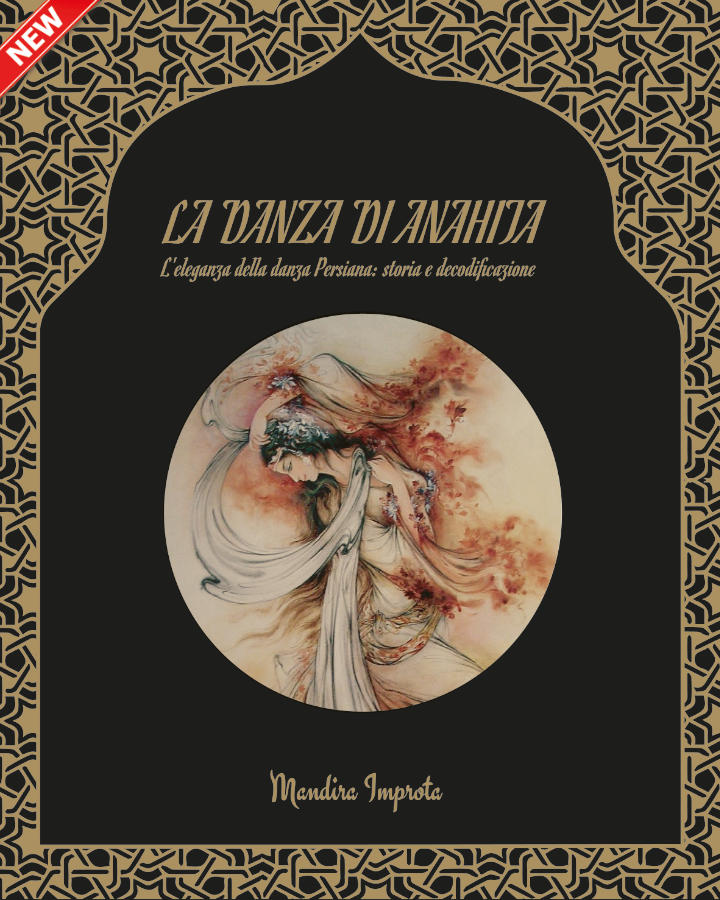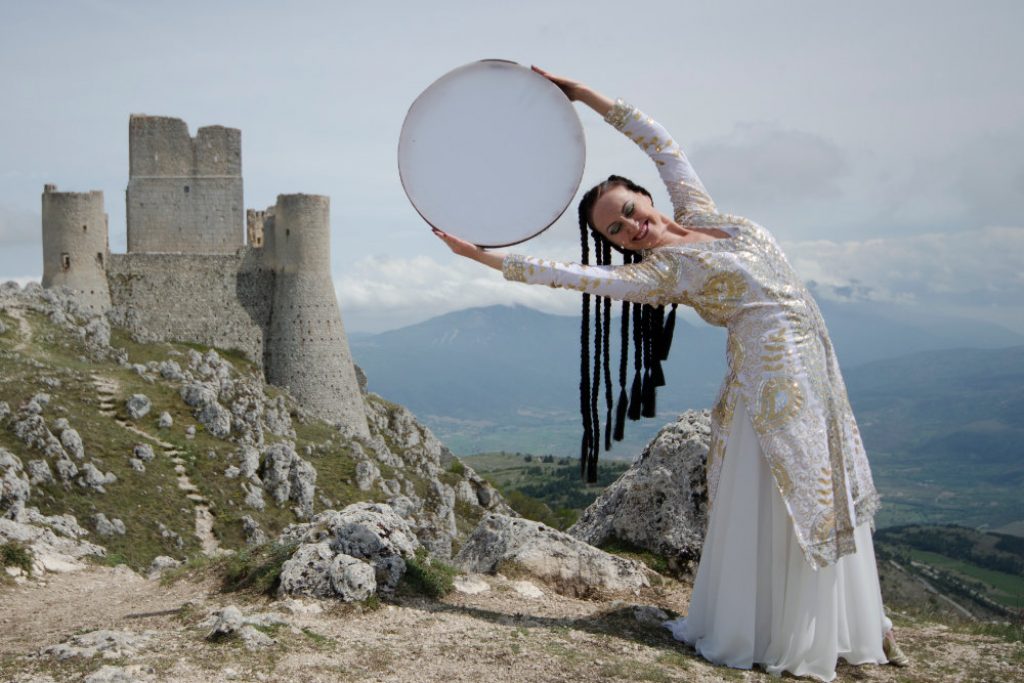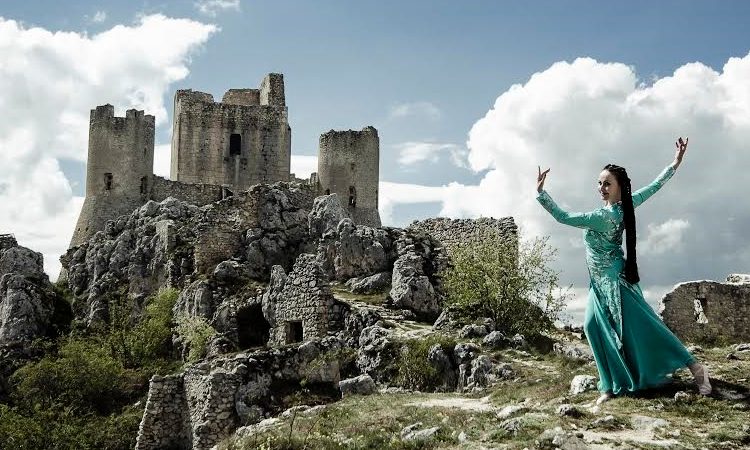Foundation course in Persian Dance
(30 ore)
The aim of the foundation course in mystical & contemporary Persian dance is to offer a strong basics and focus to dancers wishing to train and educate them selves in this elegant and intricate artform.
The teaching is designed to shape the learner through a clear and precise understanding of the Persian aesthetic & tecnique: body lines and torso bendings, decodification of the upper body, basic steps and the art of mystical turning.
This journey unfolds in a period of time (time frame) of 30 hours divided in 3 portions (segments) of 10 hours each. In this way we want to ensure to the students enough time to assimilate the quantity of the material learnt and to carry out with the homework requested.
In the 1st part will be taught:
- The codification of the upper body in Persian dance: the 4 body lines and 3 planes of motion
- Articulation (mobility) and warming up of arms, hands and fingers, awareness of elbows and curve shaped arms – torso bendings and steps (sagam/dogam)
- Understanding Persian aesthetic & tecnique embodying miniature artwork
- The art of turning: working towards a diagonal on sequences, spyrals & circles (or maybe working on a diagonal space?)
- Working on triplet steps (sagam) and different arms sequences in 6/8
In the 2nd part will be taught:
- Persian mystical & sufi turns
- Prayer in motion: intentions in movement
- The Goddess walk: embodying the divinity
- Living miniatures: sequences of ongoing movements inspired by the aesthetic of contemporary miniature artwork of Farshchian
- Classical Persian Choreography in 6/8 rhythms
In the 3rd part will be taught:
- Pantomime from the Qajar time: dressing and make up before the encounter with the beloved
- Poetry in motion: the art of mystical turn
- Persian mystical choreography
- Historical background & information:
- History of dance in Iran – from the neolithic to the Qajar time – The flourishing of dance during the Pahlavi dinasty – the dance of diaspora
- The influence of miniature artwork on dance – the influence of architecture on dance
- Persian mystical literature and the intoxication for the Beloved – an evermore burning flame of intense longing for the divine
- The Radif: the traditional repertoire of classical music in Iran – musical instruments and common rhythms
For those who want to teach, it is advisable to combine the training with a private music training, in order to become more and more familiar with the Persian music system.
The construction of a couple of choreographies is required to be shown to the teacher, before accessing the training.
The construction of a couple of choreographies is required to be shown to the teacher, before accessing the training.
At the end of the path you will receive the manual "The dance of Anahita" by Mandira, which covers in detail the historical, theoretical and codification part of the dance. Certificate and 200 music tracks



